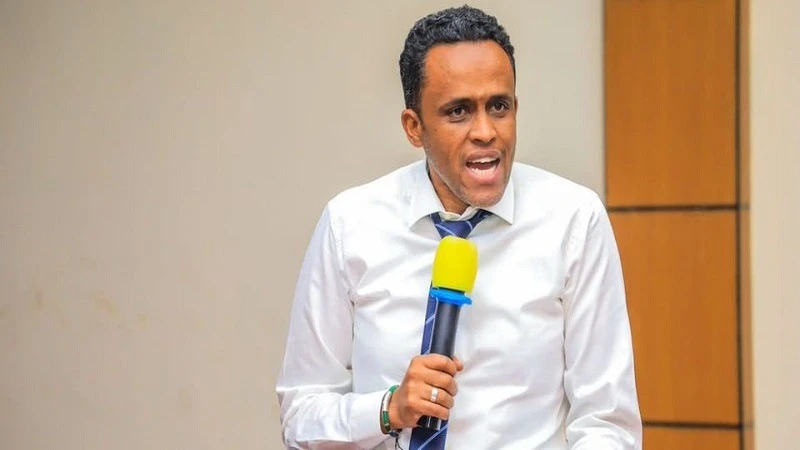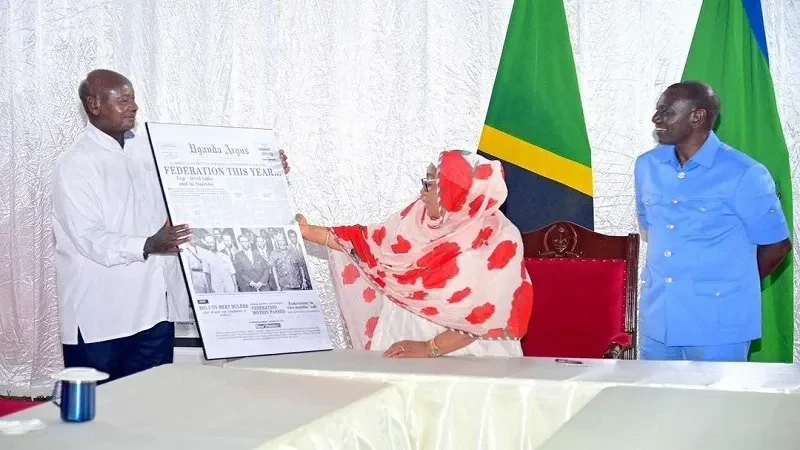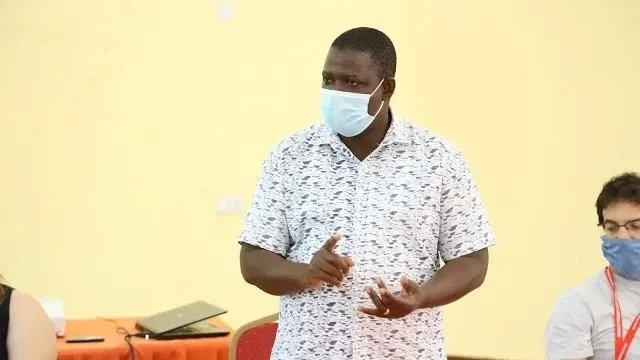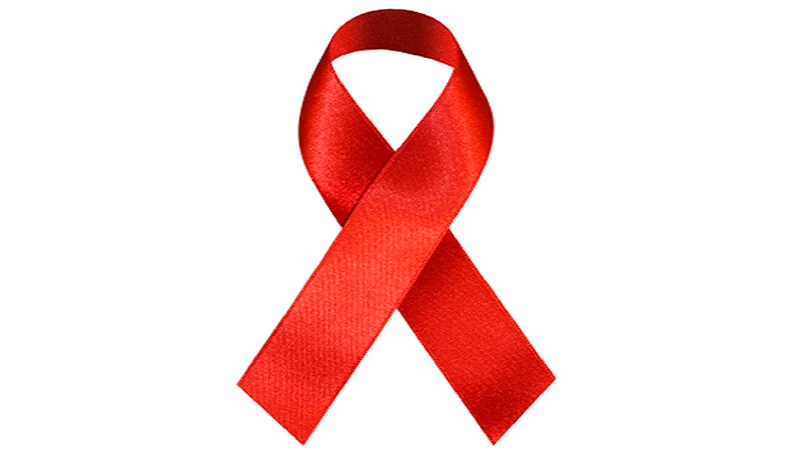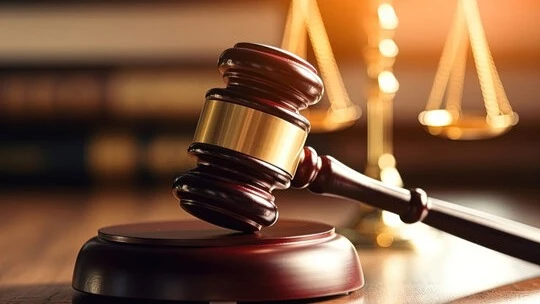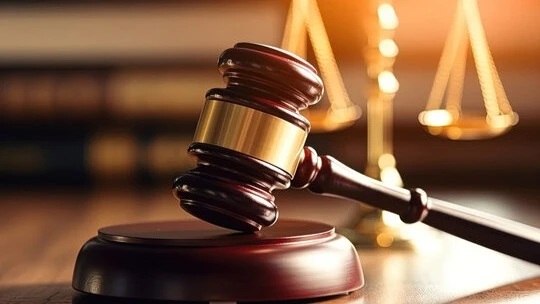Amending 1928 Witchcraft Ordinance simply a curiosity
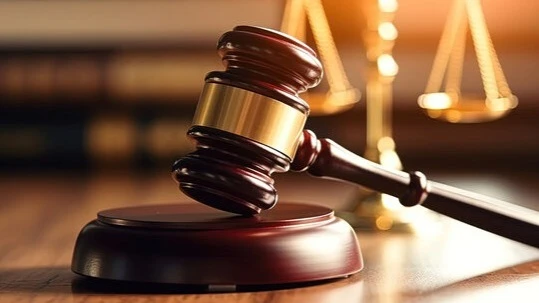
IT is not often that we hear that a legislation dated nearly 100 years ago needs to be amended, as laws are repeatedly amended in view of demands of the situation. In that sense if a regional judicial instance now demands that Tanzania revises the country’s witchcraft law in order to draw a clear line between traditional healers and witch doctors that is hardly more than a curiosity. Even at the moment it is unclear if anyone knows the difference between the two, but actions.
Indeed, there is a third aspect of distinction that was not emphasised in the judgment delivered lately at the African Court on Human and People’s Rights. It is the difference between witches and witchdoctors, even before isolating traditional healers as a specific category as the court demanded, and indeed the benefits would still go begging. Neither witchdoctors not witches need a permit to carry on their activities, while healers often, licensing the premises, and at times even required to conform to ‘healing standards’ set elsewhere.
For one thing, it was unclear how far the main case itself found its way at the panel of judges, as the delivery of the judgment did not spell out precisely what the government failed to do in relation to attacks on people living with albinism. There is likely to have been colossal societal failure at certain points but it isn’t communities or members of such communities who were dragged to the court but the government. That would imply the government or any of its agencies was accessory to actions of witchdoctors reported to demand body parts of those living with albinism – who were largely unprotected.
Lady Justice Stella Isibhakhomen Anukam from Nigeria said in delivering a portion of the judgment on case number 019/2018 that attacks on people with albinism in Tanzania are usually associated with witchcraft beliefs. It was unclear if the judgement was critical on the government for the persistence of those beliefs. At times one does not know whether to laugh or to cry, the idea that the government can be blamed for persistence of witchcraft beliefs. And an advocate of the plaintiffs (human rights organisations) said that the ordinance was meant to be used against Africans – implying witchcraft doesn’t exist.
In that context the weight of the evidence the plaintiffs were making a case that attacks on people with albinism arise from discrimination, quite simply, and that the government isn’t doing enough to check that situation. Reports say that the plaintiffs listed violations of the rights of persons with albinism (PWAs) like persecution through attacks, killings and mutilations. The government was deemed to be accessory to this state of affairs as these actions were conducted in the territory of the United Republic, while clearly the state has no viable means of protecting each of us as individuals when morals go berserk.
Evidently the government may be in the mood to consider some pecuniary and non-pecuniary orders the court issued, subject to its being reviewed by the Attorney General, especially if the state will agree to walk with this idea of explicit liability in those instances of attacks and mutilations. Culture is definitely an aspect of the problem, but those who deny the very existence of witchcraft and explain the ghastly torment on those living with albinism to discrimination have no right to throw stones. In taking the role of devil’s advocate in the continental court, it is preferable they leave others to fight witchcraft.
Top Headlines
© 2025 IPPMEDIA.COM. ALL RIGHTS RESERVED



